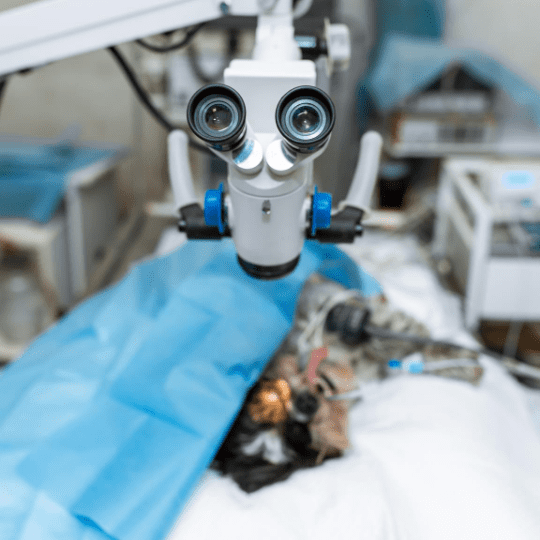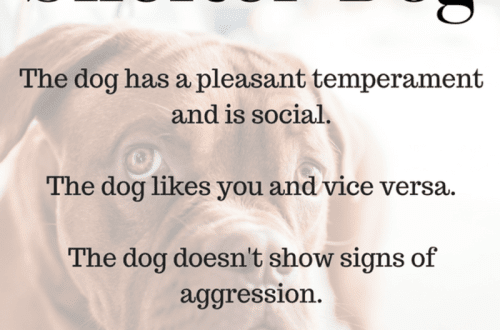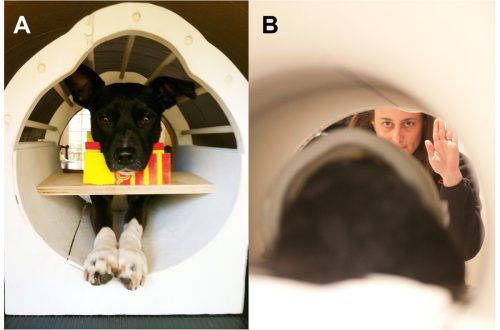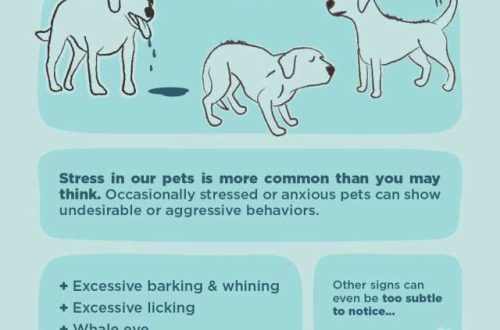
Dog surgery: procedures, anesthesia, rehabilitation and more
The prospect of surgery on a beloved pet may seem daunting to owners, but understanding how surgery is done on dogs can help allay fears and concerns.
Contents
- What are the most common surgeries for dogs?
- Who operates dogs
- What kind of anesthesia is given to dogs
- Dog recovery after surgery: how long will the pet need
- Collar after dog surgery: in which case it should be worn
- Dog recovery after surgery: are additional procedures needed?
- Diet for dogs after surgery
What are the most common surgeries for dogs?
In most veterinary clinics, surgery is commonplace. Among the most common are dental manipulations and castration or sterilization operations. Depending on the type of surgery and your pet’s general health, they may need to stay overnight in a hospital.
Common Outpatient Surgery in Dogs
Usually the pet returns home the same day in case of the following surgical interventions:
removal of skin neoplasms;
surgical treatment of wounds;
dental procedures;
castration and sterilization;
eye surgery.
Operations that may require a stay in the postoperative hospital
Depending on the situation, the dog may be allowed to go home on the day of the operation, or may be left in the postoperative hospital for one or more days. As a rule, this happens after the following procedures:
surgical operations on the ear;
knee surgery;
surgical operations for fractures;
limb amputation.
Operations that most often require a stay in the postoperative hospital
After the following procedures, the dog, as a rule, remains in the hospital overnight:
abdominal surgery;
nose and throat surgery;
spinal cord and brain surgery;
heart or lung surgery;
treatment of an abscess of the paraanal gland or sacculectomy.
Who operates dogs
All veterinarians are licensed to perform surgeries and many of them are excellent surgeons. The types of surgeries a doctor performs will depend on his experience, comfort level, and the equipment at his disposal.
The dog may require surgery that the veterinarian who sees the pet is not trained to perform. In this case, he gives a referral to a certified veterinary surgeon. Some surgical procedures, such as the alignment osteotomy of the tibial plateau, can only be performed by specially trained surgeons.
What kind of anesthesia is given to dogs
The choice of anesthesia for a dog will depend on the type of surgery and the preference of the veterinarian. Minor operations can be performed under an injectable sedative. Most other surgeries use a combination of canine gas anesthesia, injectable anesthetics, and local nerve blocks with lidocaine or bupivacaine.
Surgeons performing certain procedures, such as spine, hip, or urinary tract surgery, may also use a spinal or epidural block that blocks pain in specific areas of the body.
Dog recovery after surgery: how long will the pet need
The recovery time for dogs after surgery depends on their general condition, age, and type of surgery. Minor surgery, including removal of skin growths, spaying, dental or eye surgery, may take a dog no more than one to two days to recover. If she is sick or has had more invasive surgery, it may take a few days to a few weeks to recover.
Dogs usually take longer to recover from orthopedic and spinal surgeries because bone and nerve cells take longer to recover. In the case of hip or knee surgery, full recovery and a return to normal life can take six to eight months.
Recovery processes are closely related to the relaxed state of the dog and the exact observance of the recommendations of the veterinarian. You need to make sure that the pet is at rest, or put it in a cage, where it will rest until it recovers.
It is also important to follow your veterinarian’s instructions regarding medication during the recovery period. This will help avoid complications and speed up recovery.
Collar after dog surgery: in which case it should be worn
“Shameful yoke” is the nickname of the Elizabethan collar, so unloved by dogs. This is a hard plastic cone that is worn around the dog’s neck so that it does not interfere with the wound healing process after surgery.
Although pets hate the protective collar, it serves a very important function. Without it, the dog can chew through the stitches, rip off the bandage, or infect the postoperative wound. This will lead to additional expensive operations, the need for medication and pain.
There are alternatives to a plastic collar that your dog may like better. These are postoperative blankets and inflatable collars.
Dog recovery after surgery: are additional procedures needed?
Canine rehabilitation is a relatively new discipline in veterinary medicine. Potential benefits of physical therapy include a smoother recovery, a faster return to normal life, and less pain.
Veterinarians usually recommend rehabilitation and physical therapy for dogs after orthopedic and spinal surgery, but they can benefit dogs that have had other surgeries as well. Although post-operative physical therapy may not be necessary for a pet, it will help the dog recover faster.
Not all veterinary clinics offer physical therapy, so it is worth discussing this with your veterinarian or looking for a certified specialist through an online database such as the Canine Rehabilitation Institute directory.
Diet for dogs after surgery
Surgery can be a major stress on the animal’s body, and proper nutrition is an important component of the healing process. Unless otherwise instructed by the veterinarian, during the rehabilitation period it is necessary to feed the dog with a complete balanced diet.
In some situations, such as after gastrointestinal surgery or when the dog is weak or has a poor appetite, the veterinarian may recommend a special dietary food. It is necessary to follow all the instructions of the specialist and always be in touch with him if there are any doubts about the health of the pet.
See also:
- Worms in the heart of a dog: cardiac dirofilariasis
- early training
- How often to wash the dog depending on the type of skin and coat
- What to do if the dog does not obey the owner?





